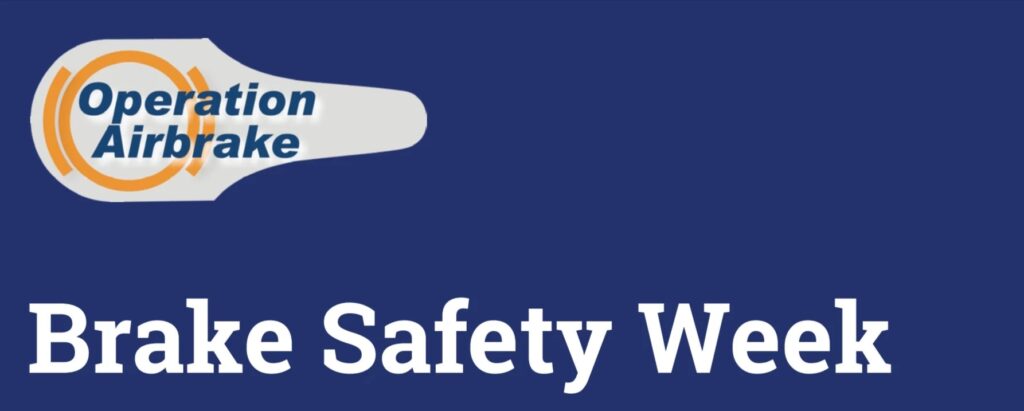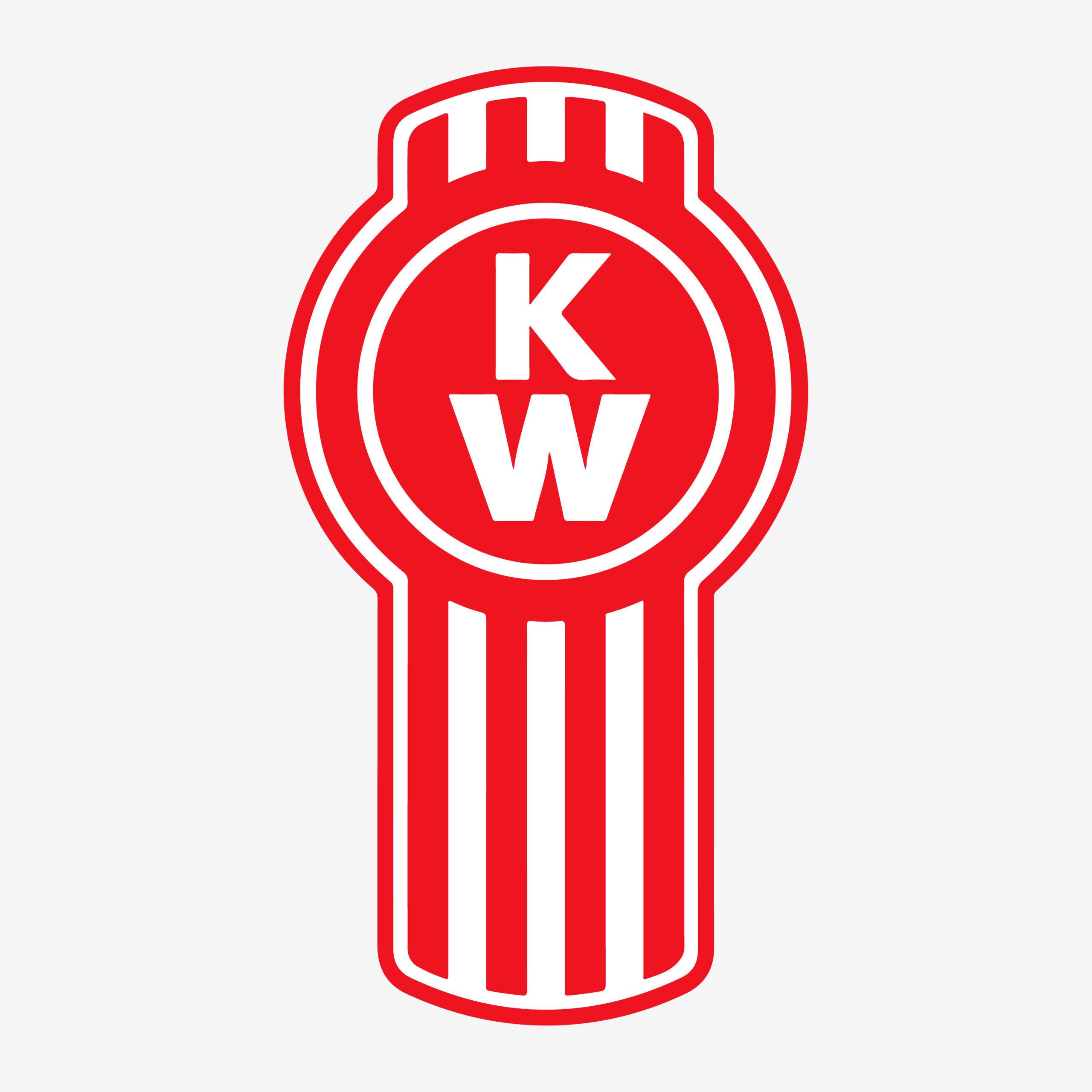
Importance of Brake Safety Week
The Commercial Vehicle Safety Alliance (CVSA) has scheduled Brake Safety Week for August 25 – 31.
According to the CVSA’s official website, “Brake Safety Week is a commercial motor vehicle and driver inspection and regulatory compliance enforcement initiative, a brake-safety awareness and outreach opportunity, and a brake-related inspection and violation data-collection project.” (Source)
This year’s focus is on the condition of brake linings and pads. The importance of this week is to emphasize properly-maintained brake systems. Any issue with these components could lead to vehicle violations and negatively impact a motor carrier’s safety rating.
Operation Airbrake: Enhancing Road Safety
Known as Operation Airbrake, this campaign is dedicated to improving commercial vehicle brake safety across North America. “The goal is to reduce the number of highway crashes caused by faulty braking systems on commercial motor vehicles by conducting roadside inspection and educating drivers, mechanics, owner-operators and others on the importance of proper brake inspection, maintenance, and operation.” (Source)
The CVSA notes that the largest percentage of vehicle infractions during roadside inspections are from brake-related violations. Improperly installed or poorly maintained brake systems can decrease a truck’s braking capacity and increase braking distance. This could pose a serious safety risk to all drivers on the road.
Commercial motor vehicle inspectors assess brake system components and issue violations for trucks that don’t pass inspections.
There is a hefty price tag that comes with being handed an out-of-service order. Violators will be fined and forced to tow their vehicle. The total combined cost of the fine, towing, and repairs can be extremely expensive. In order to avoid those exorbitant costs, make sure your truck is up-to-date on DOT standards. At your next service appointment, ask for the full DOT standard inspection to make sure there is no chance of failing the next brake safety check.
10 Brake Lining and Pad Tips
Here are some tips from CVSA-certified inspectors to help ensure your brake linings and pads have no issues during a roadside inspection.
- Inspect visible portions of the brake linings and pads as part of your pre- and post-trip inspections.
- Identify signs of missing lining, such as grooves in the drum from rivet contact.
- Look at the shoe-to-drum clearance and ensure there is adequate lining on the shoe.
- Examine any signs of leaks or other components that may be contaminating the lining/pad surface.
- Ensure there are no missing lining blocks/pads.
- Check for visible cracks or voids in the lining block.
- Check for any exposed rivets or lining blocks that look loose on the shoe.
- On disc brakes, pay particular attention to the condition of the rotor, such as heavily rusted rotors across the entire friction surface on either side or metal-to-metal contact.
- Make sure all repairs are consistent with the brake manufacturer’s requirements and guidelines.
- Note any issues in your driver vehicle inspection reports and report them to the motor carrier to have the defective linings/pads repaired. (Source: Operation Airbrake)
By following these tips, you can ensure your vehicle is compliant with CVSA standards and avoid costly violations. Stay safe on the road and keep your brake systems in top conditions.
Contact our Service Departments to schedule a brake inspection or your next maintenance appointment: Coopersburg Kenworth, Liberty Kenworth of South Jersey, and Liberty Kenworth of Bristol.
Learn more about what we offer: New Trucks, Used Trucks, Just Listed Trucks, Parts Department, Body Shop, Financing, Contact Us.
Get the Latest Trucking News, Tips & More
"*" indicates required fields


